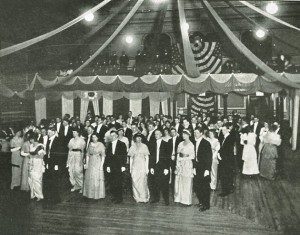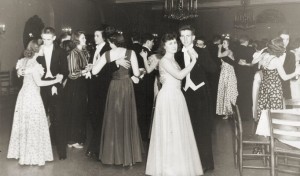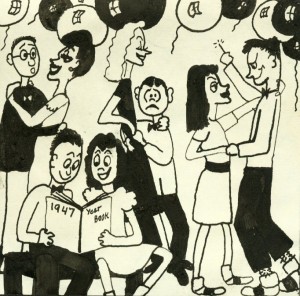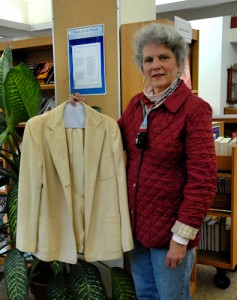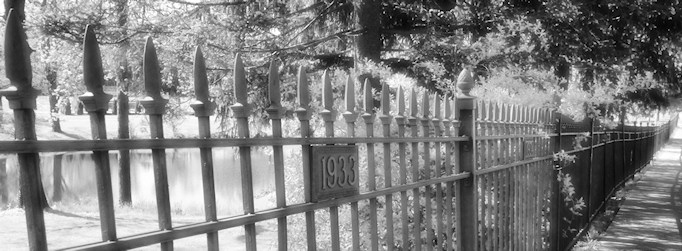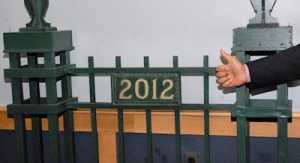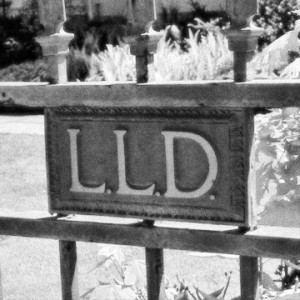Presented at an all-school assembly, October 11, 2011
by Richard Teller ’70, Archivist
(Note: Annually, and occasionally more often, Williston Northampton students hear a presentation about our shared history. Campus tradition has named this event “The Button Speech,” even though the subject matter rarely concerns Emily and Samuel Williston and the buttons. Here is the 2011 Button Speech, presented with the caveat that it was intended to be read aloud to a captive audience of teenagers at an early hour.)
(Another note, June 24, 2017: A while ago it became necessary to take this post down for some minor editing. This left the blog without a summary history of Northampton School for Girls. Thus, the text has now been restored to the blog with only minor changes from 2011.)
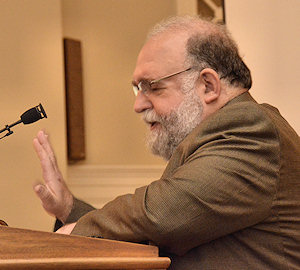
Good morning. We are at a milestone in school history this fall. The Williston Northampton School is 40 years old.
“Wait a minute,” you say. “This year I actually paid attention at Convocation, and Mr. Hill definitely said it was our 171st year. And what’s all that 1841 stuff about?” And you are absolutely right. Except that was a school with a different name: Williston Seminary. Although it’s the same school. Kind of.


